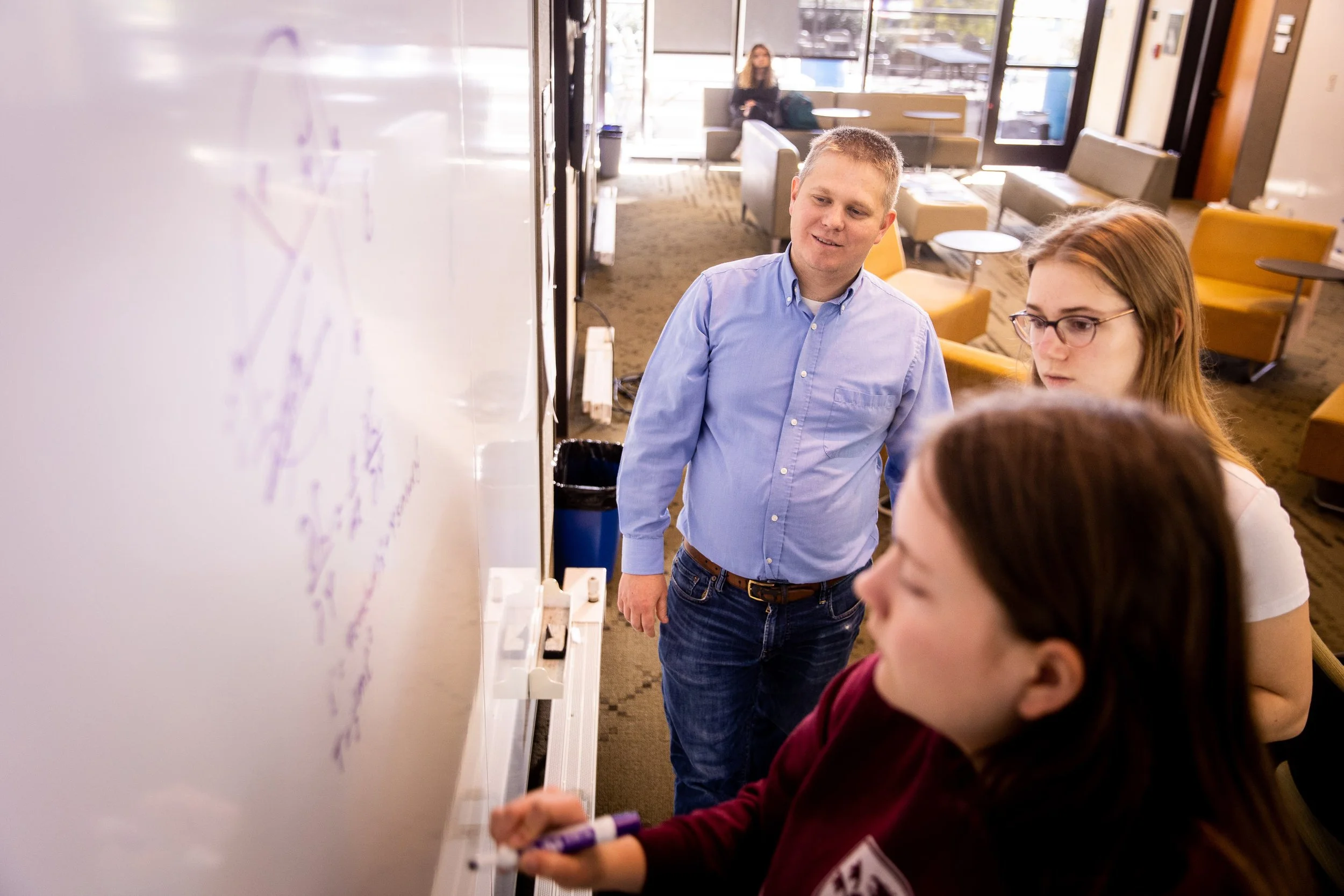
Teaching
-
Quantum I
Postulates in quantum mechanics. Matrix mechanics, Hilbert space, angular momentum, time evolution, spin, EPR paradox, Bell inequalities, wave mechanics, harmonic oscillator, hydrogen atom.
Textbook: Griffiths & Schroeter
-
Quantum II
Translational and rotational symmetry in the two body problem, bound states of central potentials, time independent perturbations, identical particles, scattering, photons and atoms.
Textbook: Griffiths & Schroeter & Townshend
-
Electricity & Magnetism
Lorentz force equations for electric and magnetic forces, Maxwell’s equations for electrostatics and magnetostatics with emphasis on vector differential operators and integration related to Gauss’ law, the divergence theorem, Green’s theorem, the Biot-Savart law; applications of LaPlace’s and Poisson’s equations; image solutions; properties of dielectrics and magnetic media.
Textbook: Griffiths
-
Advanced Electromagnetism
This course is the second in a yearlong sequence covering Maxwell’s equations describing electromagnetism, and fully explores the dynamics of electromagnetic radiation. Specific topics include: electromagnetic momentum & energy; plane waves; reflection & refraction of waves; waveguides; dipole radiation. The connections between Einstein’s theory of special relativity and electromagnetism will be explored, formulating a covariant formulation of Maxwell’s equations. Applications will include transformations of the electromagnetic fields and relativistic kinematics.
-
Modern Physics
Introductory study of special and general relativity, quantum theory, atomic physics, and elements of solid state, nuclear and particle physics.
-
Classical Mechanics
Newtonian mechanics, three dimensional motion, oscillations, central force motion, Lagrangian and Hamiltonian dynamics, rigid body dynamics.
-
Computational Physics
An introduction to scientific computing. An introduction to using python and C- programming to solve numerical methods and algorithms important in the sciences. Methods include: numerical solutions to differential equations, fast Fourier transforms, Monte Carlo simulations, chi-squared minimization techniques and fitting, date analysis, machine learning and visualization tools. Applications in the areas of elementary particle physics, condensed matter physics and astrophysics are discussed.
-
Machine Learning in Physics
[2 unit self guided study] Project-based introduction to machine learning and the application to physics. Topics include: classification and regression models; neural networks; decision trees. Applications include analysis of high energy physics data and simulation.
-
Physics for Future Presidents
An introduction to physics that focuses on what a future world leader would need to know. Fundamental principles of physics will be discussed: energy, forces, atoms, nuclei, radioactivity, electromagnetism, light, quantum physics and relativity. These principles will be used to discuss applications that impact society at large: power generation, including alternative energy sources such as solar cells, the electrical grid, radioactivity, nuclear waste and climate change.

